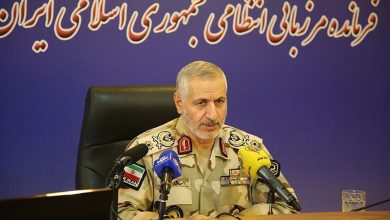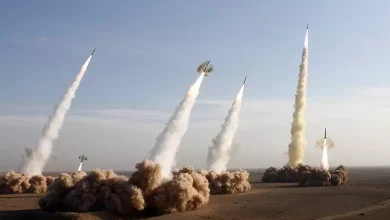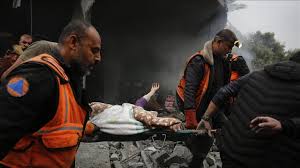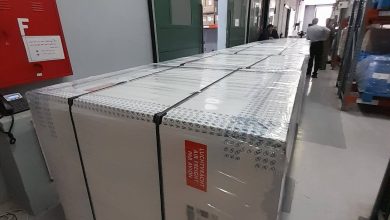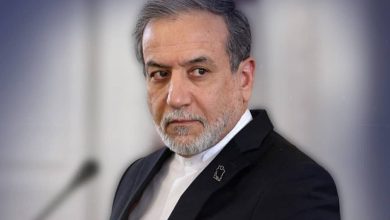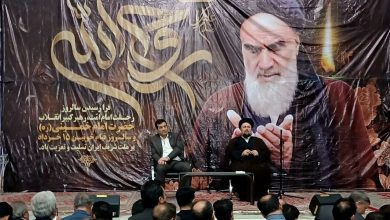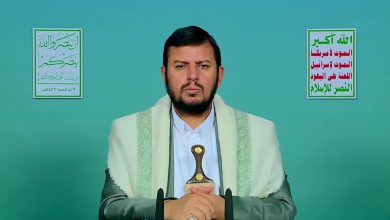Fatah Alliance: All options on table to expel US forces from Iraq
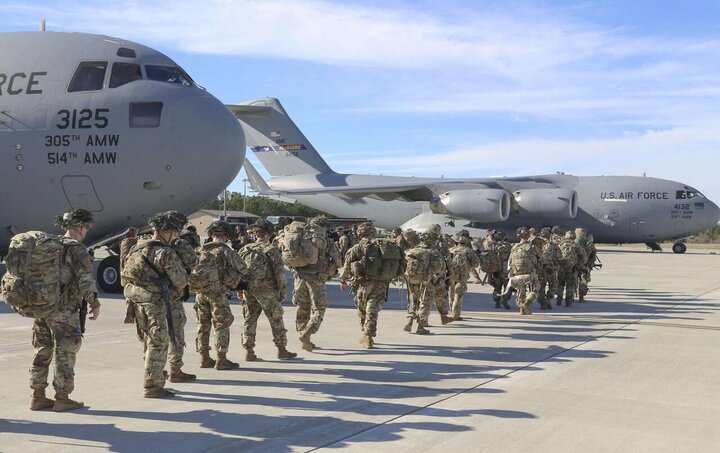
Member of Iraq’s Fatah Alliance Karim Alivi has said that all options are on the table for the withdrawal of American forces from the Arab country amid anger over the killing of two PMU members in a US drone strike.
last American troop leaves Iraqi soil,” Alivi said in an interview with Al-Maalomah news agency on Sunday, according to an IRNA report.
He said that the Iraqi government has the authority to expel American military personnel, especially that they have taken “criminal” measures inside Baghdad.
Alivi was referring to a US drone strike on January 4 that targeted the Popular Mobilization Units (PMU) in the capital Baghdad, which killed several members of the force. A senior PMU commander was among those killed.
“American forces are not allowed to stay in Iraq,” the member of the Fatah political coalition said, urging “a united stance” on expelling US troops and preventing their return to Iraq.
The Iraqi government condemned the US drone strike, calling it a “dangerous escalation and aggression”.
On Friday (Jan. 5), Prime Minister Mohammed Shia’ Al Sudani said that Iraq’s decision to end the US military presence on its soil is irreversible, and added that the PMU is an inseparable part of the Iraqi army.
Back in 2020 following the assassination of Iran’s top general Qassem Soleimani and PMU deputy commander Abu Mahdi al-Muhandis, the Iraqi parliament approved a law calling for the withdrawal of American forces from the country amid growing anti-American sentiments in the Arab country.

